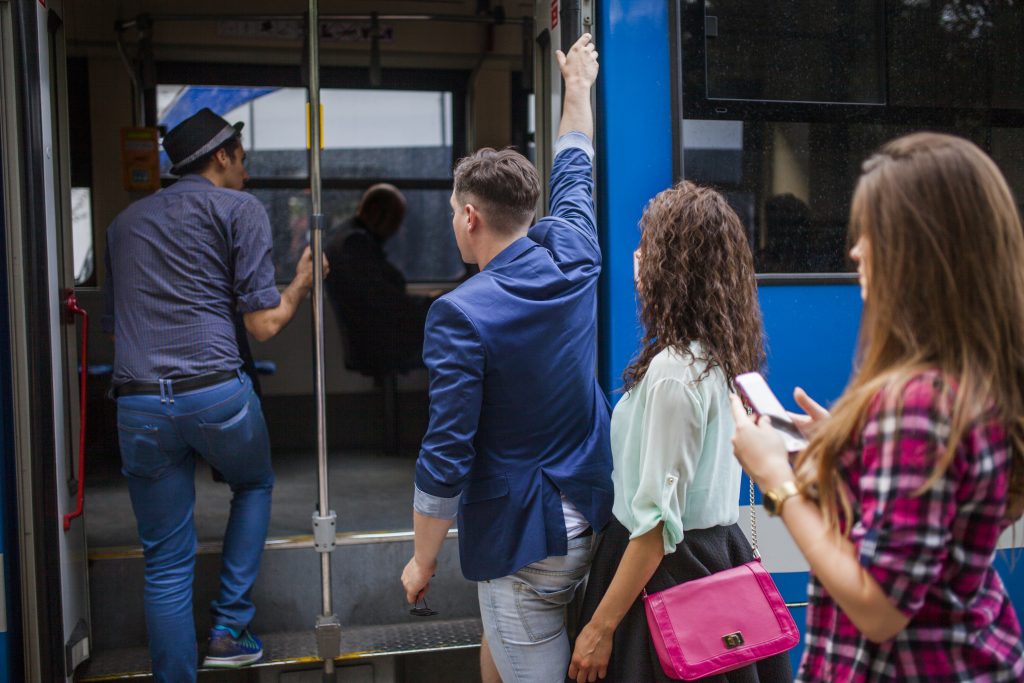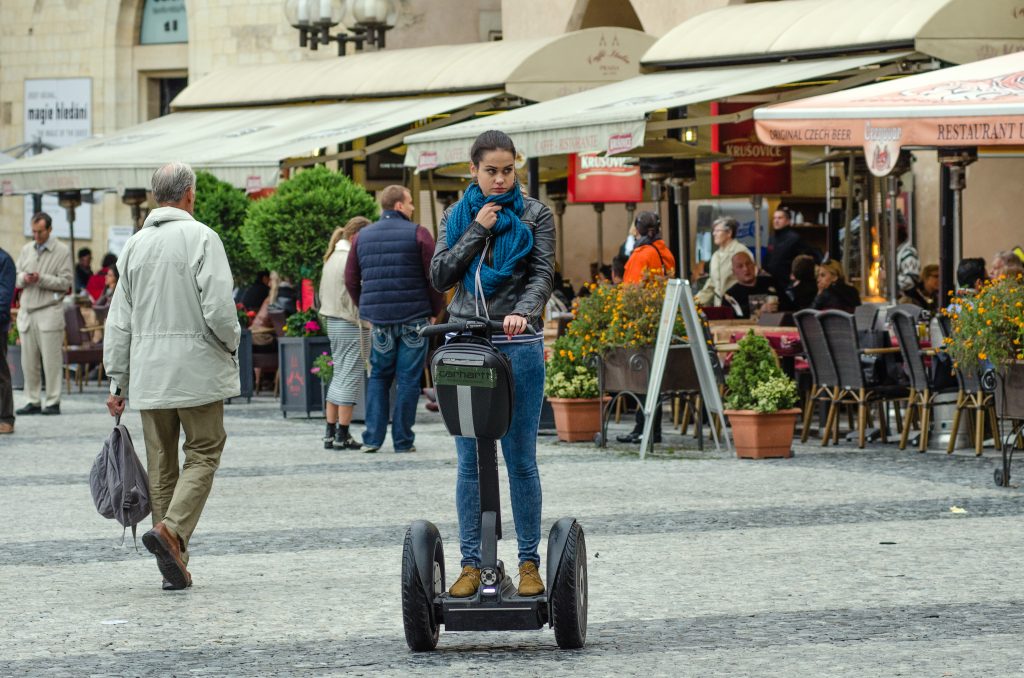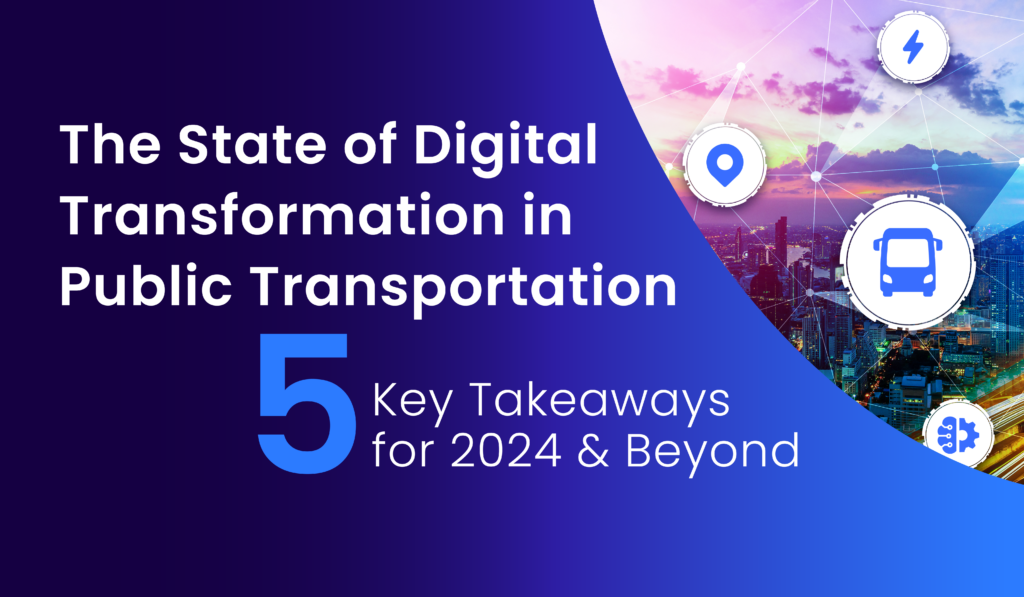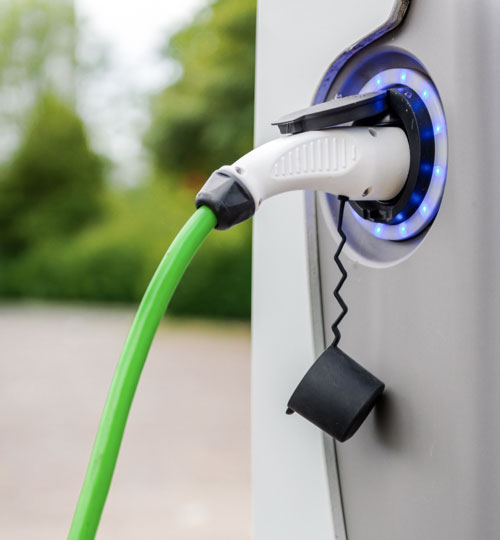Mobility is rapidly changing, with new service offerings, electrification and an increasing impact on our basic transportation choices, from possibly changing whether people own a car to having a major impact on public transportation ridership.
Although it’s difficult to make predictions in such a rapidly moving market, here are five predictions for 2019 in transit and mobility:
Electric buses won’t become omnipresent in the US and Europe, but more presence can be expected
Electric bus adoption varies widely between countries and continents. China is committed to electric buses (mostly as a way to control emissions) and, accordingly, there are 16,000 electric-vehicle-public transportation buses in Shenzhen alone, much more than the estimated 300 in the US and the 2,500 in Europe. Shenzhen is now on its way to electrify the city’s taxis. Shenzhen is not going to be alone. Many cities around the world are promoting the transition to electric vehicles and specifically buses. European and North American public transit agencies and operators are gradually piloting or adding electric buses to existing fleets. Local governments and agencies are funding this change, which also needs technology maturity (and scheduling muscle – read
this about the impact of electric vehicles). 2019 will be a year where the numbers of electric buses in Europe and North America will grow. Electric vehicles are substantially quieter so pay attention – you won’t hear them coming…

More ridership turnaround stories
Recently, mass transit ridership has been declining at a worrying rate in the US, (see
this video about the solutions to ridership declines in London), partially due to economic growth and the increase in car ownership, and recently due to the emergence of new mobility alternatives. This is forcing agencies and operators to reconsider what can be done about ridership, forcing a hard look at what determines public transit ridership, from on-time performance, to trip volumes and routes. Ridership is complex and is influenced by many factors. In 2019 new technologies utilizing big data will help improve transit networks by making them more efficient while reducing the costs. Deriving insights from big data utilizing AI will improve on-time performance and the entire rider experience, from better
on-time performance to changing routes, new service offerings etc. These efforts can and will grow ridership, and cities that will invest in these initiatives will see the numbers turn around. 2018 saw few US cities grow ridership; we predict that 2019 will see more such cities.

The next big thing is small - Micro-Mobility
Micro-mobility or devices that transport one or two people (e.g. electric scooters, motorized skateboards, unicycles etc.) will gain traction in big urban centers, and become not only a viable but also a preferable solution for “the first and last mile”, a challenge mass transit has been facing for quite a while. As adoption numbers go up, micro-mobility will also replace larger shared mobility options that were first to market. New vehicle types that will be better suited for shared/rental use will appear and with them new regulations that will make sure drivers, passengers and pedestrians are safe (age restrictions, helmets, etc.). Micro-mobility will keep evolving and new devices will keep popping up around us.
The government’s role will change
As new mobility options – from micro-mobility to shared rides – enter the public transit sphere, and since each option has an impact on the economic viability of transit, congestion, and even city-wide economies, transit agencies won’t just deal with traditional mass transit (buses, trams, and trains) but with regulating and managing multiple modes of transportation and how they affect cities.

Driving will remain a useful skill for now
Last but not least, despite the fact that mobility is profoundly affecting the most basic ways with which we move around in the world, you can rest assured that autonomous vehicles will not take over in 2019. Nothing major will happen in the AV space; big brands will continue to invest millions of dollars in autonomous vehicles, there will be more pilots in more cities trying to prove the safety of these vehicles, and obviously, we will hear more about it in the news, however usage will remain limited. Contrary to this we do expect autonomous shuttles to gain traction in some innovative cities in the US and Europe.
Some closing remarks
The mobility space is sizzling! Technological advancements and billions of dollars are pouring into a space that for a long while was almost forgotten. This space will keep evolving in the next few years at a pace that will be determined by regulators and their willingness to invest, operators and agencies and their willingness to adapt to market changes and people whose ingenuity and innovation will keep reshaping our lives.







